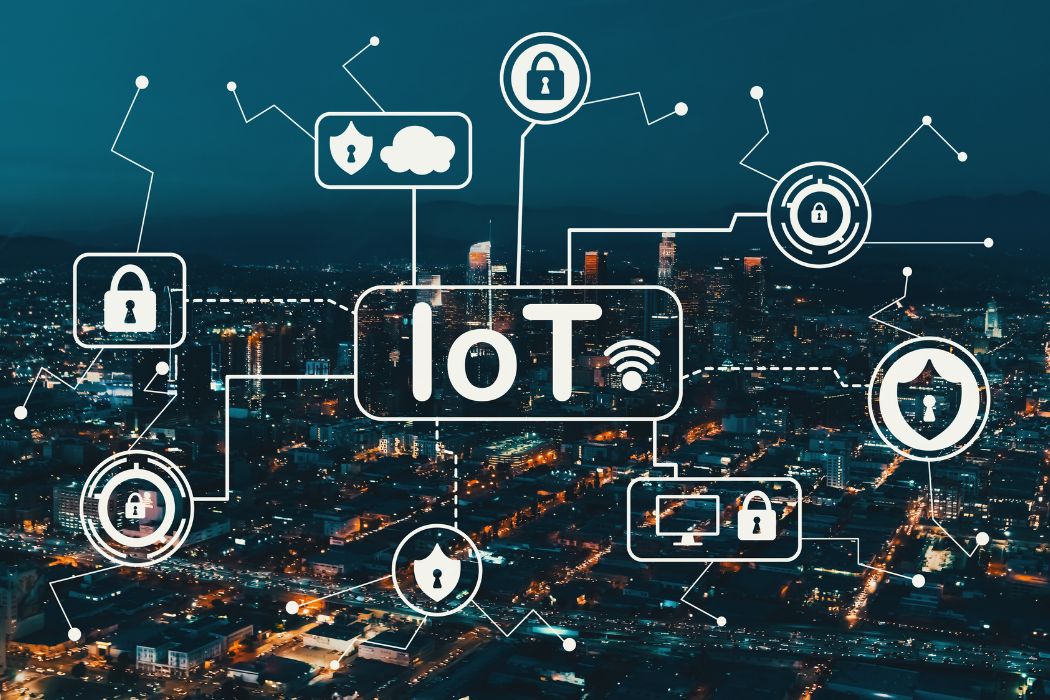The Internet of Things (IoT) has revolutionized the way we do business. From connecting devices to tracking and analyzing data, IoT has transformed the way companies operate, making it easier to automate processes and make informed decisions. However, with this new technology come new opportunities and threats, which businesses must be aware of in order to take full advantage of IoT while minimizing risks.
Opportunities in IoT
- Improved Customer Experience
With the help of IoT, businesses can gather data on customer preferences and behavior, which can be used to improve the customer experience. For example, retailers can use this data to stock shelves with products that are in high demand and adjust their pricing based on market trends. Similarly, hotels can use IoT to improve their guest experience by monitoring the temperature and lighting in their rooms, making adjustments based on guest preferences, and ensuring that guests receive the best possible experience.
- Increased Efficiency
One of the most significant benefits of IoT is increased efficiency. Businesses can use IoT to automate processes, streamline operations, and improve productivity. For example, a factory can use IoT to monitor the performance of its machines, identify areas for improvement, and make necessary adjustments to improve efficiency. In addition, companies can use IoT to reduce waste, improve resource allocation, and optimize supply chains.
- New Revenue Streams
IoT also presents new revenue streams for businesses. Companies can create new products and services that are designed to take advantage of IoT technology. For example, a manufacturer can use IoT to create smart products that are connected to the internet, allowing customers to monitor their usage and make changes as needed. In addition, companies can use IoT to create new business models, such as offering data analytics services to other businesses.

Threats in IoT
- Security Risks
One of the biggest challenges associated with IoT is security. With the increasing number of connected devices, the risk of hacking and cyberattacks increases. Companies must take steps to secure their networks and devices, and they must also educate their employees on the importance of cyber security. In addition, companies must be prepared to respond quickly and effectively in the event of a security breach, in order to minimize the damage caused by a cyberattack.
- Data Privacy Concerns
Another challenge associated with IoT is data privacy. Companies must ensure that they are collecting, storing, and using customer data in a way that complies with privacy laws and regulations. They must also be transparent about their data collection and use practices, and they must give customers the ability to control the data that is collected about them.
- Complexity
Finally, IoT can be complex and challenging to implement, particularly for businesses that are not familiar with the technology. Companies must invest in the right infrastructure, tools, and expertise to take full advantage of IoT, and they must also be prepared to manage the complex network of connected devices.
Conclusion
In conclusion, IoT presents both opportunities and challenges for businesses. By taking the time to understand these opportunities and threats, companies can make informed decisions about how to implement IoT in a way that maximizes benefits and minimizes risks. Whether you are a small business owner or the CEO of a large corporation, it is important to stay ahead of the curve and be prepared for the impact of IoT on your business. With the right strategy and the right tools, businesses can take advantage of the opportunities presented by IoT while minimizing the risks associated with this new technology.
